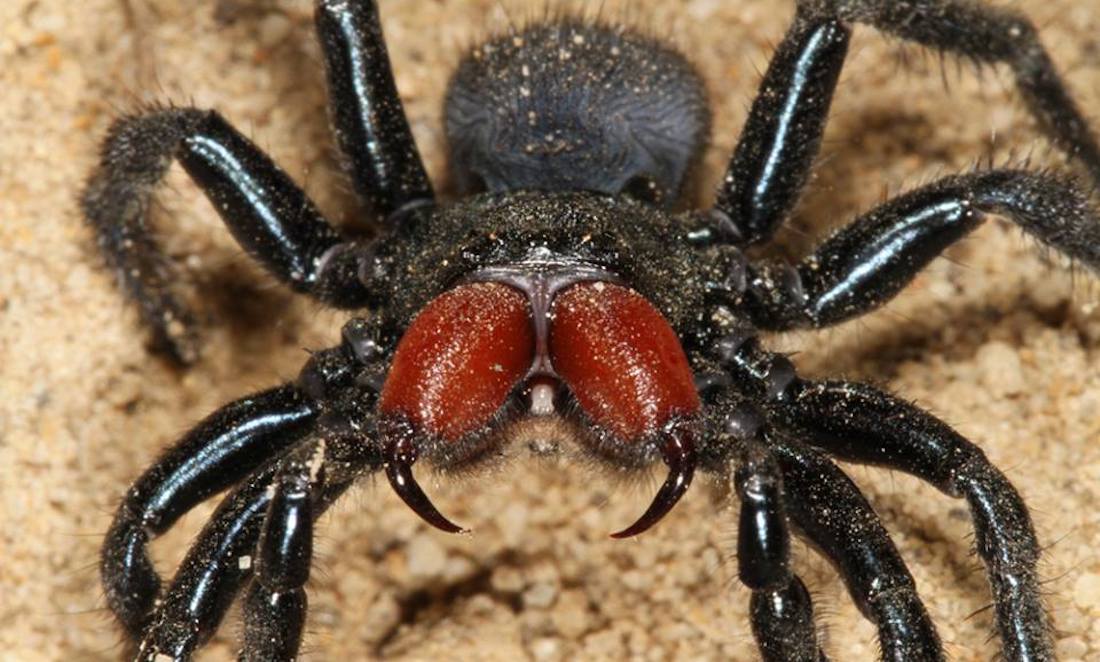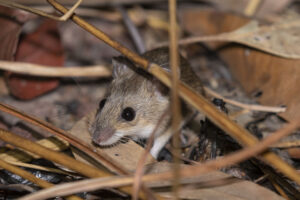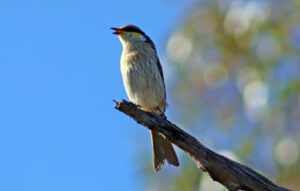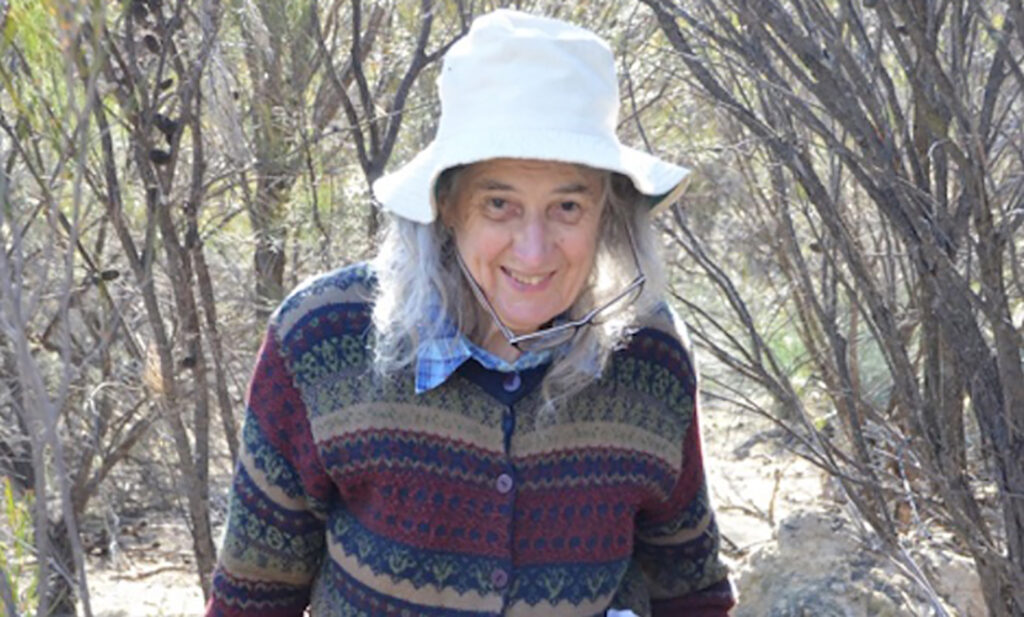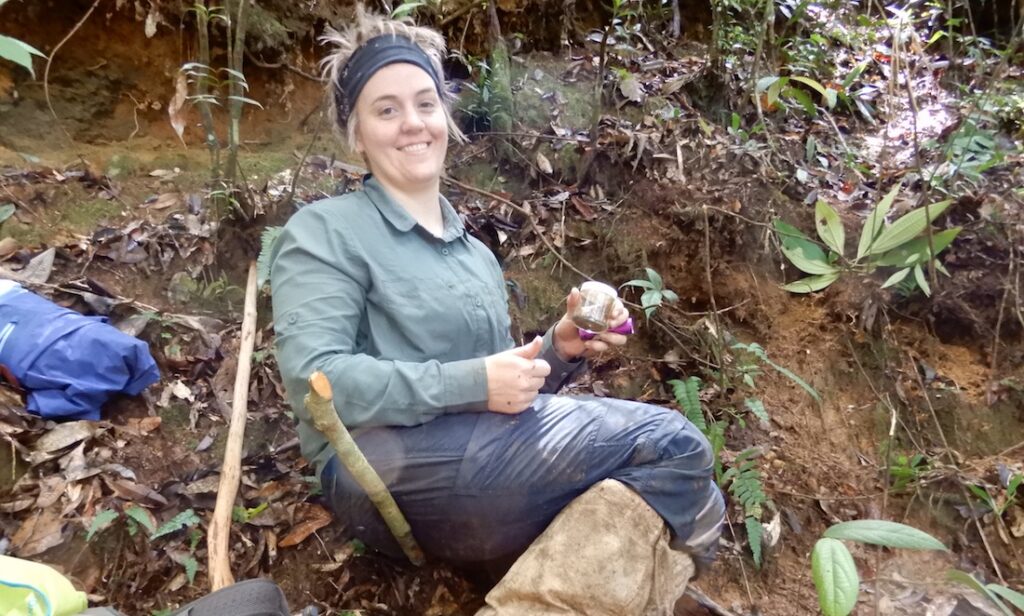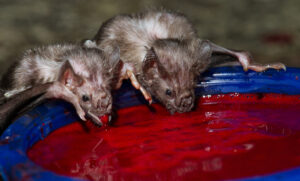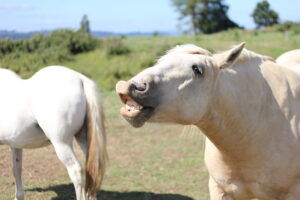As an undergraduate biology student, spider enthusiast Leanda Mason wanted to spend more time studying animals without backbones.
“I was complaining … as petulant undergrads do about how there was a lack of invertebrate stuff,” she says.
So, one of the professors introduced Leanda to an octogenarian who would shape her career and life forever.
That “little old lady”, as Leanda first refers to her, was Adjunct Professor Barbara York Main, a biologist and writer who has dedicated her life to studying trapdoor spiders.
“As a very excited and overly enthusiastic student, I badgered Barbara,” Leanda says.
“She was very patient with me and taught me a lot of what I know now. I was very lucky to meet her.”
Leanda was hooked.
She went on to do a PhD at Curtin University and last week (14 April) submitted her thesis on the impact of urbanisation on trapdoors in Perth for examination.
OPEN, SHUT THEM
If you’ve never seen a trapdoor spider open and shut its door, you should watch one (or two) now.
The spiders are famous for their carefully camouflaged burrows – some with lids or ‘trapdoors’ from which they launch themselves to catch their prey.
Leanda says trapdoor spiders can generally only live in uncleared bushland.
She says, in Perth, this means large urban remnants such as Kings Park, Bold Park, Star Swamp, Trigg and Koondoola, as well as smaller patches of bush including Underwood Ave, Marangaroo, Shenton Park and Paloma Park.
As they do not need a lot of space, they can even be found on some verges that haven’t been cleared.
HOMEBODIES
Leanda says trapdoor spiders do everything in their burrows, with the males leaving only to mate and then dying shortly afterwards.
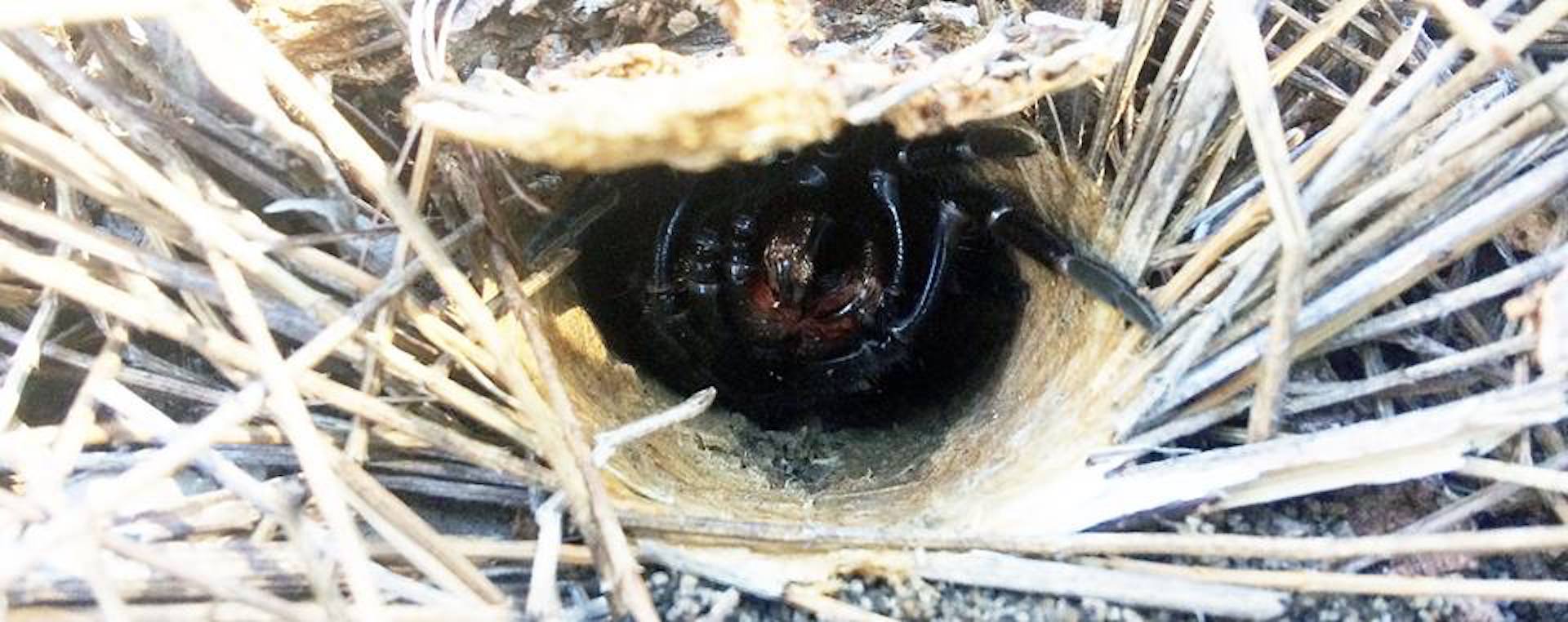
She says females stay inside their entire lives.
And their lives can be long.
“We’ve got a paper about to be published saying that one of them has lived until they’re 43,” Leanda says.
She says that trapdoor spider, a matriarch first tagged by Dr Main in 1974 and known simply as #16, is the oldest spider ever recorded.
Leanda says the current Guinness World Record holder was either a 28-year-old pet tarantula or Tasmanian cave spiders, which are thought to live up to 40 years.
Sadly, #16 died after being parasitised by a spider wasp in October last year.
ON BURROWED TIME
While she couldn’t save #16, Leanda is on a mission to protect #16’s eight-legged kin.
She says they are “on burrowed time” and started the Facebook page Trapdoor spiders of Perth to help educate people.
Along with habitat loss, one of the biggest threats to trapdoor spiders in Perth is invasive veldt grass, Leanda says.
“Trapdoor spiders tend to specialise in microhabitats,” she says.
“There’s some species that rely heavily on allocasuarina – which is the sheoak leaf litter – and then there’s some adapted to the banksia leaf litter or open ground.
“But then the veldt grass comes through and it’s such a monoculture, it’s all the same.
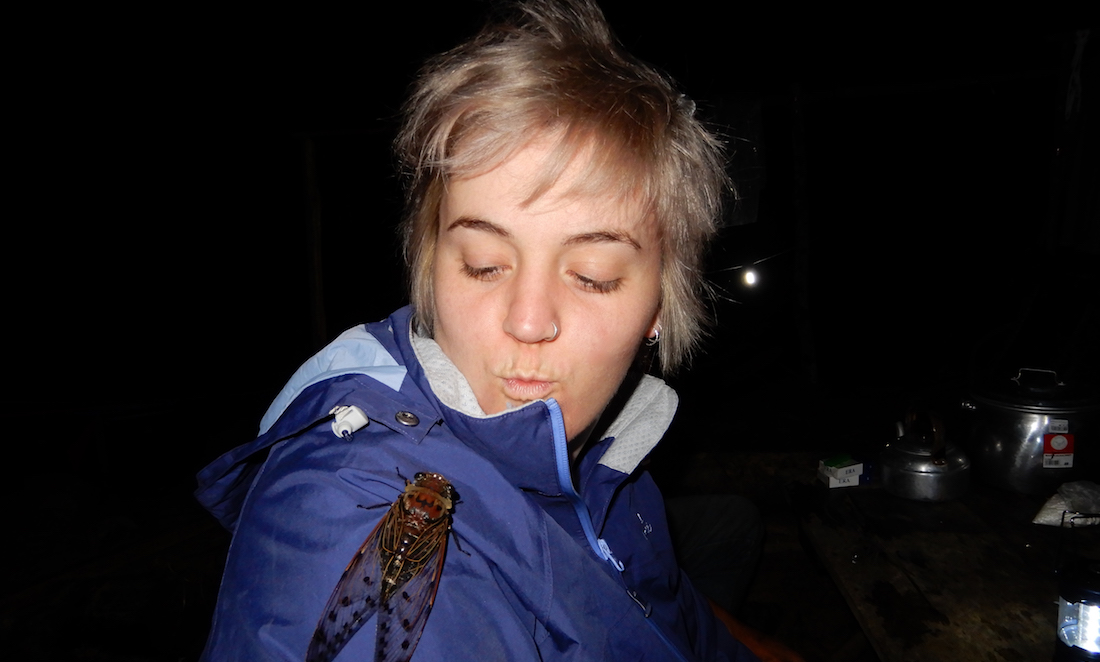
Leanda also appeals to people not to kill spiders in their backyards, arguing that no one has died from spider venom in Australia for more than 30 years and spiders control potentially deadly pest species such as mosquitoes.
She says there are economic benefits to conserving spiders too, with spider venom being used for medical treatments and targeted insecticides and spider silk used for advances in biotechnology.



